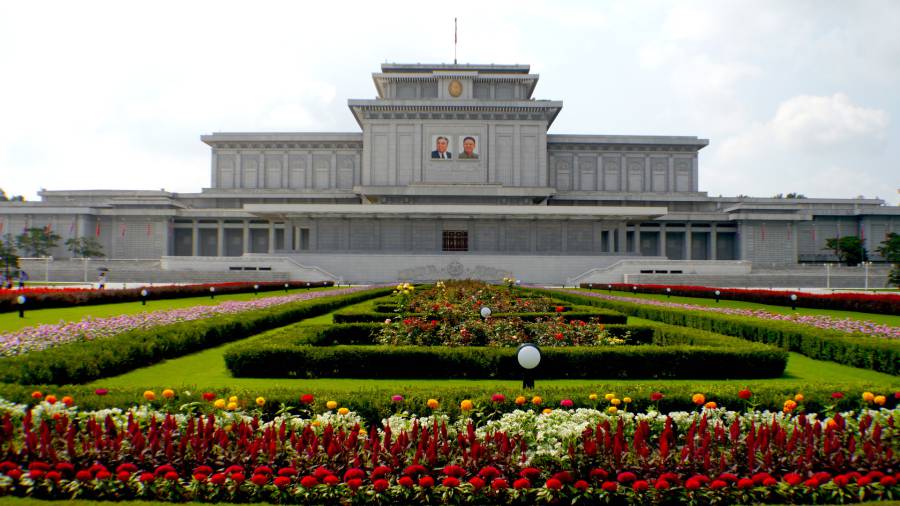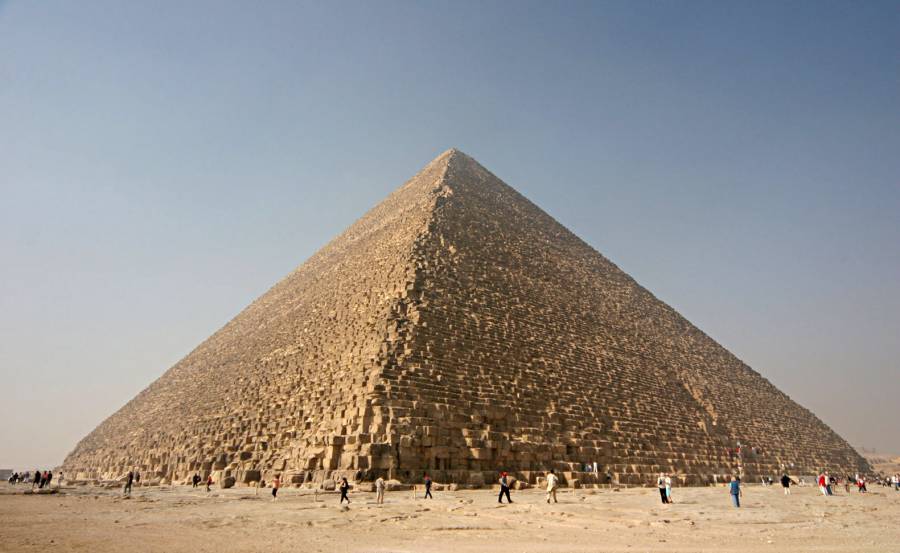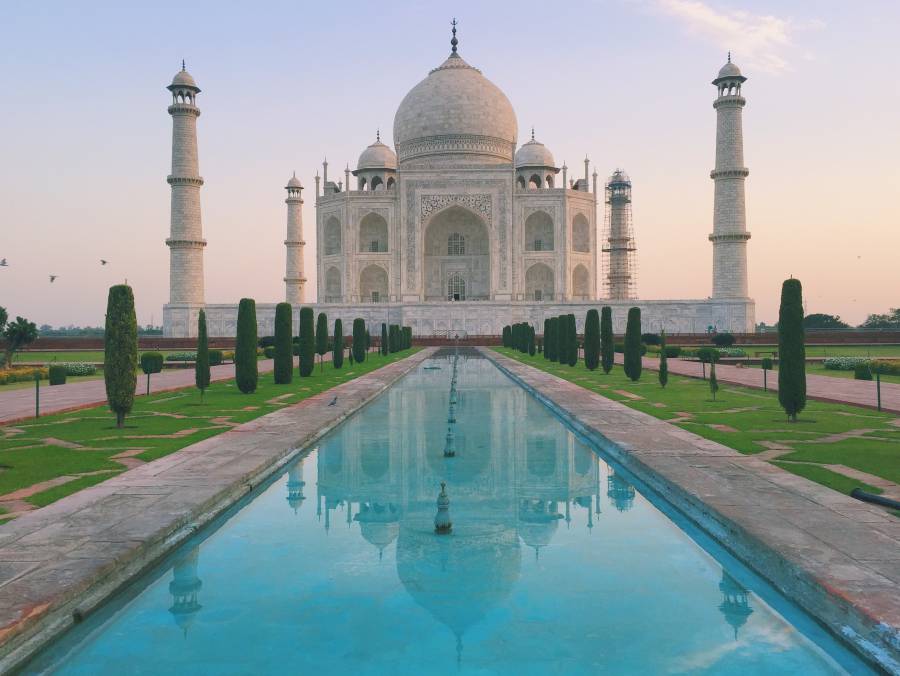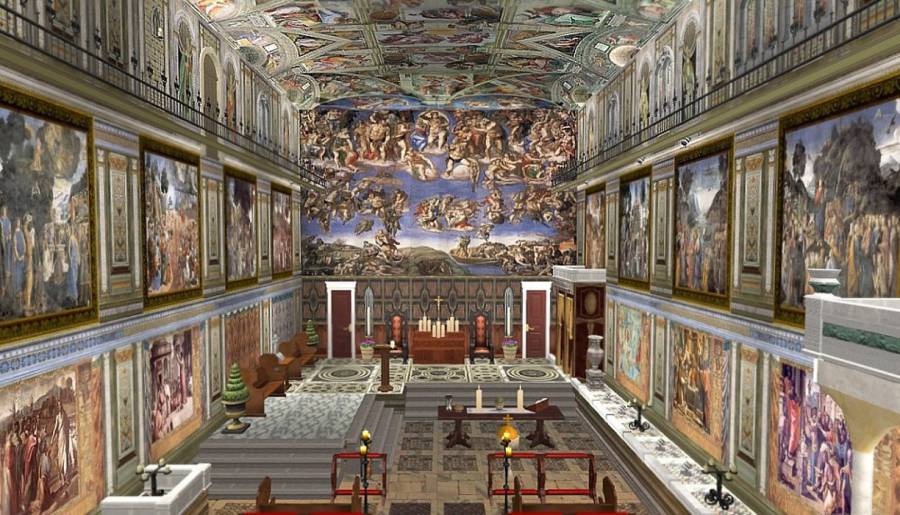Last week, Snap Inc. launched its new Spectacles, a pair of glasses equipped with a video camera that automatically pairs with the Snapchat app.
The Spectacles are not only fashionable but also functional, and some people are wondering about the limits of what they can do with them.
Currently available only through the Snapbot vending machines in the U.S., Snap’s Spectacles have quickly become more than a gadget, they are now a collector’s item.
While Snapbots sell them for $129.99, sites like Ebay have the Spectacles up for as much as $600.
https://www.youtube.com/watch?v=XqkOFLBSJR8
Given the Spectacles are not technically a camera, the device may pass some rigorous filters at the world’s most heavily-guarded places where photography is not allowed.
What is more, they could go unnoticed by the uneducated eye and pass as just a quirky pair of sunglasses.
Disclaimer: This article does not intend to foment illegal activities.
1. Kumsusan Palace of the Sun – North Korea

This is by far the longest shot on this list, but wouldn’t it be cool if you could get a snap inside North Korea’s most sacred building accessible to the public?
If the Kumsusan Palace of the Sun does not ring a bell, perhaps you might know it better as the resting place of the former communist leaders Kim Il-Sung and Kim Jong-Il.
The Palace serves as a mausoleum for both father and son, and it is the largest of its kind in the world. Like in the rest of the country, pictures and video are strictly forbidden, and the consequences of capturing images without permission are more than severe.
2. Great Pyramid of Giza – Egypt

The 4,000-year-old structure is the only of the Seven Wonders of the Ancient World that still stands, and photography and video are entirely banned inside the pyramid.
Officials of the historical monument do not allow footage of any kind inside the legendary chambers of the Great Pyramid. What’s more, aerial shots and pictures from atop the structure are also forbidden.
It is quite hot in Egypt, so maybe a quick Snap with the Spectacles will not call a lot of attention in the ancient ruins.
3. Taj Mahal – India

Sure, we have all seen amazing pictures of the Taj Mahal and its magnificent gardens from the outside, but what about the inside?
The Indian mausoleum is an architectural wonder from afar, but the rooms and chambers of the building are, allegedly, just as beautiful.
Guards search visitors at the entrance and retain all their devices, cameras, and photo equipment. Personal belongings are allowed, so maybe the Spectacles could pass as just a pair of sunglasses for the sunny Indian weather.
4. San Fermín Festival – Pamplona, Spain
The San Fermín Festival is perhaps better known for the unusual yet exciting tradition of the running of the bulls. Enraged bulls go loose on the narrow streets of the old Spanish city every summer, and thousands of people run from them.
Just last year, Spanish authorities banned all recording equipment from the celebrations since they posed a safety hazard for tourists who participated in the running. Yes, cameras are a safety hazard, not mad bulls on the streets.
If you want to capture the once-in-a-lifetime experience of being chased by a raging bull, you might just have to wear some Spectacles to avoid the hefty fees from Spanish officials.
5. The Sistine Chapel – Vatican City

The holiest site for the Catholic Church also guards some of the world’s most iconic works of art. Needless to say, pictures and video are strictly forbidden here as well.
All photographic equipment and gadgets such as smartphones and tablets are banned from the Sistine Chapel in Vatican City. The Swiss Guard provides extra security to ensure no tourists take photos of the centenary frescos and paintings that decorate the Chapel.
There is a legitimate reason for this, in any case. Camera flashes deteriorate the work and restoring it is extremely delicate. After all, ‘The Last Judgment’ by Michelangelo on the ceiling of the Chapel is nearly 500 years old.












